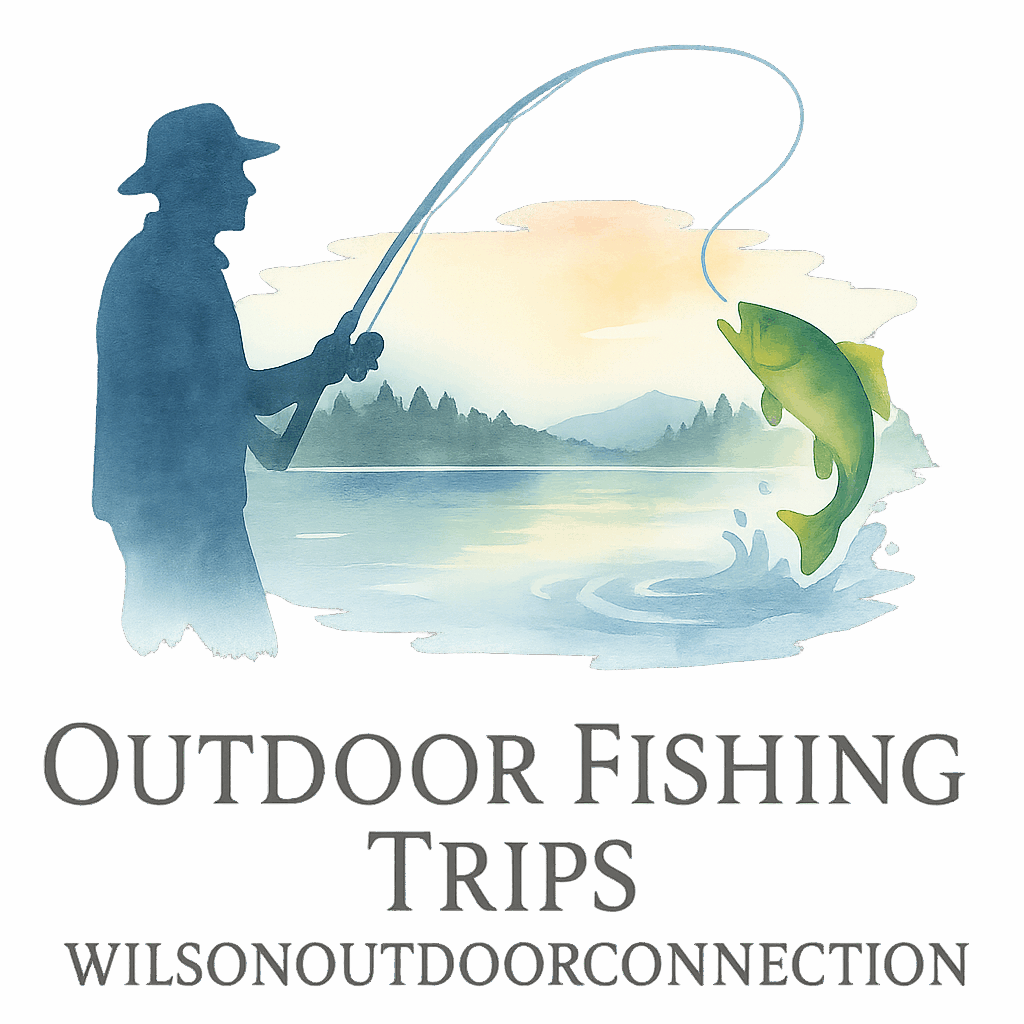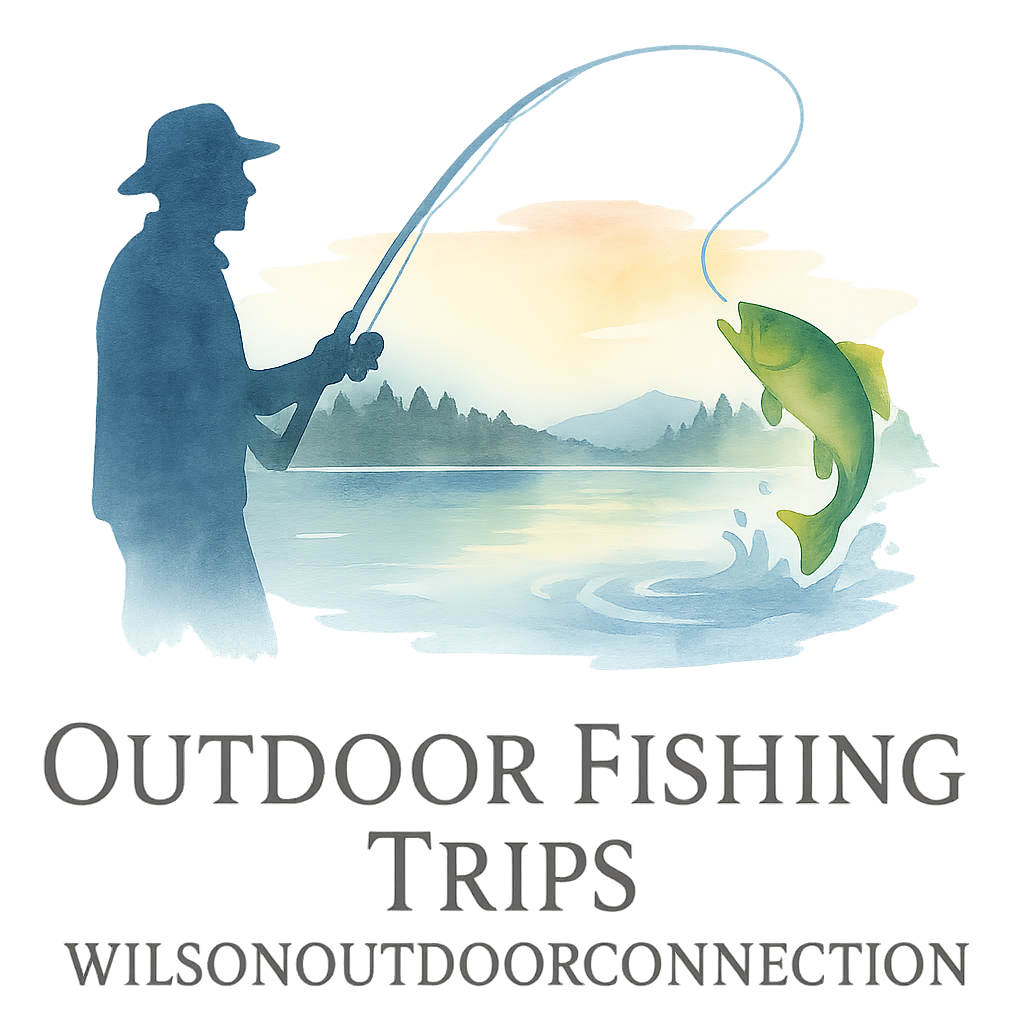Introduction: Dive into the World of Fly Fishing
Thinking of picking up fly fishing but not sure where to start? Don’t worry, you’re not alone. Every expert angler once struggled with knots, casts, and what the heck a “nymph pattern” was. This guide breaks down fly fishing tips for beginners—specifically at the lake—into simple, easy-to-follow steps. Grab your rod, let’s wade into it!
Why Lakes are Perfect for Fly Fishing Beginners
Calm Waters for Learning
Lakes offer a beginner-friendly playground. The water’s often calmer than rivers, giving you a forgiving environment to learn casting and presentation.
Easy Access Points
Many lakes have designated fishing piers, docks, and shorelines—ideal for folks still learning to manage their backcasts and line control.
Want to explore great lake spots? Check out our list of top fishing destinations and lakes across the country.
Tip #1: Start with the Right Gear
Essential Fly Fishing Gear Checklist
Before you even make your first cast, you need the right setup. Here’s what every beginner should have:
- A 5-weight rod (versatile and beginner-friendly)
- Reel with smooth drag
- Floating fly line
- Tapered leader (9-foot, 4X)
- Tippet material
- A box of beginner-friendly flies
Make sure to also pack a hat, polarized sunglasses, and a small tackle bag.
Affordable Fly Rod and Reel Combos
Don’t blow your budget. Plenty of quality, affordable gear options are available that combine durability with ease of use.
Get all your fishing gear essentials in one place to start off right.
Tip #2: Learn the Basic Casting Techniques
Overhead Cast for Beginners
This is the bread-and-butter of fly casting. Focus on:
- 10 to 2 motion (think of a clock)
- Pausing briefly on the backcast
- Letting the line fully extend
Roll Cast for Tight Spots
Perfect for when there’s no room for a backcast, like when you’re fishing near trees or bushes. It’s a lifesaver for lakes with tight shorelines.
Dive deeper into casting techniques and fishing tips.
Tip #3: Understand Lake Fish Behavior
When and Where Fish Feed
Lakes often see fish feeding near the surface during the morning and evening. During hot days, fish go deeper—so timing your trip matters.
Matching Your Flies to Local Hatch
Just like a dinner party, fish prefer what’s currently “on the menu.” Matching your fly to local insect hatches is crucial for success.

Want to master fish behavior? Explore our techniques and tips section.
Tip #4: Choose the Right Flies
Dry Flies vs. Wet Flies
- Dry flies float and mimic insects on the water surface
- Wet flies sink and imitate underwater bugs or baitfish
For lakes, a mix of both is best.
Top Flies for Lakes
- Woolly Bugger (great all-rounder)
- Adams Dry Fly
- Elk Hair Caddis
- Pheasant Tail Nymph
These flies offer versatility and high catch rates—especially in still water.
Tip #5: Practice Patience and Observation
Reading the Water
Don’t just cast blindly. Look for:
- Surface ripples or rises
- Insect activity
- Shadows of cruising fish
Observing Nature’s Clues
Birds diving? Bugs flying around? These signs often point to fish actively feeding nearby.
For beginners, patience is part of the journey. Discover how fishing teaches outdoor bonding and builds lasting skills.
Tip #6: Plan Your First Lake Fishing Trip
Checklist for Lake Fly Fishing Adventures
Here’s your beginner-friendly checklist:
- Fishing license
- Fly rod combo
- Fly box with basics
- Net
- Water & snacks
- Bug spray and sunscreen
- Trip planning guide
Use this to avoid that dreaded “I forgot my tippet” moment.
Fly Fishing with Friends or Family
Fishing isn’t just a solo thing. It’s a great way to build connections and bond with family or friends. Plus, a second set of eyes helps when tying knots or spotting fish.
Ready to enjoy a fishing trip with loved ones? You’ll never forget those shared laughs and first catches.
Common Beginner Mistakes to Avoid
Skipping the Basics
It’s tempting to chase fancy gear or advanced techniques, but don’t skip the fundamentals. A solid foundation will pay off in the long run.
Overcomplicating Gear Selection
Start simple. You don’t need 10 rods or 50 types of flies to get started. Stick to essentials and expand as you go.
We’ve created beginner-friendly content tagged under beginner and checklist.
The Joy of Building a Fly Fishing Tradition
Once you’re hooked (pun intended), fly fishing becomes more than a hobby—it’s a ritual. Early mornings, scenic lakes, and the quiet thrill of a take on the line. That’s the beauty of building your own fishing tradition.
You’re not just learning a skill. You’re creating stories worth passing down.
Conclusion: Start Your Fly Fishing Journey Today
Fly fishing at the lake is the perfect entry point for anyone curious about this timeless sport. With the right gear, some patience, and a few solid techniques, you’ll be landing fish in no time. The best part? Every cast is a chance to learn something new.
Whether you’re out to relax, bond with family, or chase the thrill of your first catch, these fly fishing tips for beginners will guide you every step of the way. Now, pack up your tackle and make your way to the water. Adventure awaits!
Explore more at Wilson Outdoor Connection and don’t forget to bookmark our pages for everything from gear to lake destinations to fishing guides.
FAQs
1. What’s the best time of day to fly fish on a lake?
Early morning and late evening, when fish are most active near the surface.
2. How do I know what fly to use?
Match your fly to local insect activity or ask locals what’s currently working.
3. Is fly fishing harder than regular fishing?
It has a steeper learning curve, but it becomes second nature with practice.
4. Do I need a boat for lake fly fishing?
Not necessarily. Many beginners start from the shore or use float tubes.
5. Can kids learn fly fishing at a lake?
Absolutely! Calm lake environments are perfect for family fishing adventures.
6. How long does it take to learn basic casting?
With regular practice, most beginners get the hang of it within a few outings.
7. What’s the most beginner-friendly fly rod weight?
A 5-weight rod is the sweet spot for versatility and ease of use.


